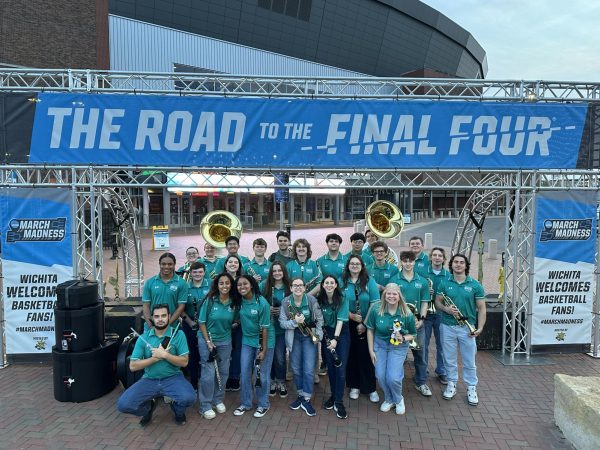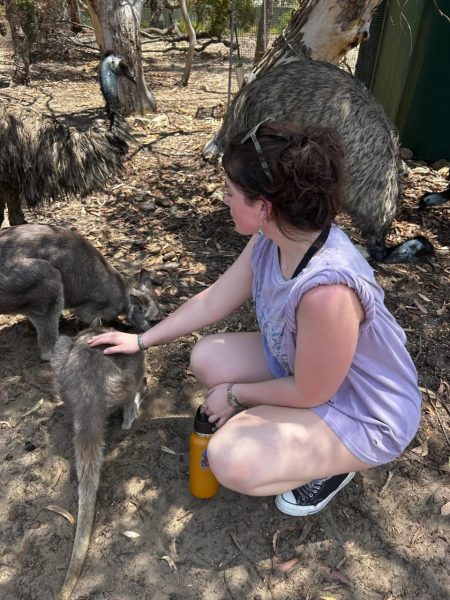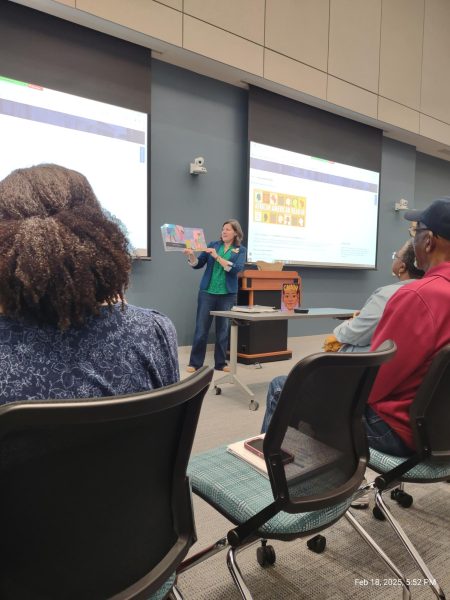REVIEW: Bollywood film series at UNCW
On Nov. 7, King Auditorium filled with rhythmic beats, twirling saris and larger-than-life explosions during the third annual “Mantra: Bollywood Film Series.” Nandana Bose, a professor in the film studies department and instructor of FST 380: Introduction to Bollywood Cinema, organized the event and brought three major Bollywood releases to UNC Wilmington.
As usual, the film series drew film students, Bollywood fanatics, faculty and newbies together in a celebration of Indian culture and its massive film industry.
Each film highlighted contrasting components of Bollywood cinema and the audience was remarkably diverse. Viewers gathered to watch well-known heartthrob Shahrukh Khan experience his first on-screen kiss in “Jab Tak Hai Jaan” (“As Long as I Live”), learn about sex-trafficking in India in the gritty “Mardanni” (“Toughness”) and enjoy “Dhoom 3” (“Blast 3”)—one of the most expensive Bollywood films ever produced. Bose described how, throughout the past three years, the event encourages families and friendships to share culture.
“What helps is that my students bring friends with them, or their mothers, parents, significant others,” Bose said, “Because they are so into [Bollywood], they want to share it. It touches people’s families.”
Bollywood is traditionally created for family viewing, with most films receiving a U (Universal) rating. Happy endings, love song sequences and bubbly characters contribute to the feel-good nature of Bollywood, making the films accessible for anyone and everyone. The communal laughter and gasps heard throughout the auditorium during “Jab Tak Hai Jaan” are proof of Bollywood’s emotional grasp on its audiences.
“[Bollywood] is melodramatic. It’s flamboyant. It’s attractive to the eyes,” Bose said. “It speaks in a language of harmony and bringing people together.”
The shortest film of the series, “Mardanni,” represented the industry’s increasingly popular “new Bollywood” movement, which eliminates upbeat dance sequences and strives for themes closer to Hollywood. There is no cliché happy-ending. Yet the film still maintained the dramatized aspects of Bollywood as a representation of India. Mekiya Walters, a senior studying creative writing, stressed this unique characteristic of Bollywood to share culture.
“[Bollywood] is a portrayal of India’s cultural imagination,” Walters said. “‘Mardanni,’ arguably one of the grittiest and most realistic Bollywood films of all time, still represents a vision, not a reality.”
India’s film industry is exploding. Bollywood superstars have started appearing in Hollywood films, and in return, Hollywood has begun to invest in Bollywood and even co-produce films. As India becomes increasingly relevant in the film industry and around the globe, the sharing of Bollywood on college campuses fosters a culturally diverse atmosphere.
“I think it’s really important for us as Americans, especially American students…not to get stuck consuming the same familiar cultures and art forms over and over,” Walters said.
Bose agreed and explained the effect of cultural diversity for students.
“It is important as a student to be open to new experience, new cultures, new kinds of images and aesthetics,” Bose. “It helps you grow as a person.”
This year’s film series did exactly that. The Study Abroad office offered free traditional Indian henna to attendees prior to the event. Enthusiastic Bollywood lovers and film students brought their families and friends to watch the films, which spread Bollywood appreciation on and off campus. Christina Moskal, a junior biology major at UNCW, attended the screening of “Jab Tak Hai Jaan” after hearing about Bollywood films from her friends.
“I didn’t know how I was going to feel about it, but they all talked about how good [Bollywood films] were, so I decided to come with them and see for myself,” Moskal said.
Groups of audience members exited the auditorium while affectionately chatting about Shahrukh Khan’s performance as the romantic lead and sharing their favorite songs. The film series presented a unique film style to people experiencing Bollywood for the first time and continued to feed the hearts of those who long to burst into song and colorful synchronized dance at their every emotion.











